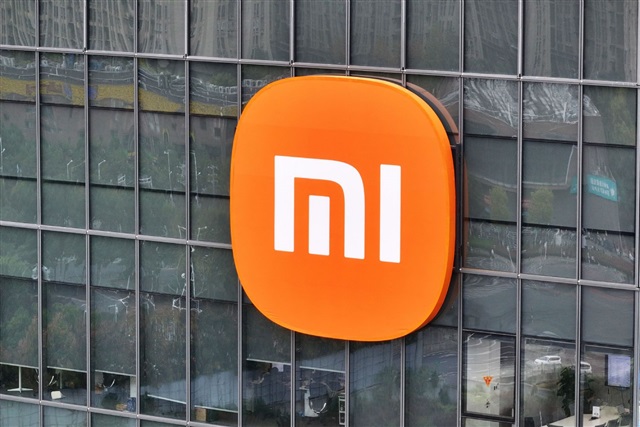Despite declining smartphone sales, Xiaomi maintained its top-three global smartphone ranking amid a mature market while its AIoT business maintained gross margins above 20%. Strategic premiumization, regional growth, and robust R&D investment underpin the company's resilience and long-term competitiveness across smartphones and connected devices.
Xiaomi secures top-three global position despite market headwinds
Xiaomi reported an annual decline of over 2% in smartphone sales in the second quarter of 2025. However, during the earnings call on August 19, 2025, partner and president Weibing Lu said the company ranked among the top three smartphone vendors worldwide, capturing a 14.7% market share and narrowing the gap with the top two competitors.
In China, Xiaomi ranked first in smartphone shipments, while international market share climbed rapidly, reaching the top spot in Southeast Asia, second in Europe, and second in both the Middle East and Latin America. In Africa, the company's share increased to 14.4%, up 2.7% year-over-year.
Lu highlighted that growth in multiple regions outpaced overall market trends. In China, Xiaomi achieved notable gains in the CNY4,000–5,000 (US$557–696) and CNY5,000–6,000 price segments, with market shares rising to 24.7% and 15.4%, respectively.
Component costs pressure margins amid limited product launches
CFO Alain Lam acknowledged cost pressures in the smartphone business, particularly for memory and storage components, which exceeded expectations. Supply restrictions on battery materials earlier in 2025 also contributed to higher costs. Combined with a relatively limited number of new product launches—six models in China during the second quarter versus a dozen or more from competitors—these factors led to a slight quarter-over-quarter decline in smartphone gross margin.
Lam expressed confidence that gross margin would rebound in the fourth quarter of 2025, supported by a wave of new smartphone launches. Over the long term, Xiaomi plans to offset cost pressures through premiumization and strategic investments in proprietary chips and operating systems to enhance competitiveness and profitability. Lu also noted that strong air conditioner sales in China during the second quarter, with shipments surpassing five million units, will contribute to faster IoT revenue growth in subsequent quarters.
Modest market expansion expected with focus on premiumization
The global smartphone market continues to show subdued growth, with Xiaomi projecting modest expansion of around 5–6% in shipments for 2026 to approximately 175 million units, significantly outpacing the overall industry. Lu emphasized that the company's strategy focuses not only on shipment scale but also on product mix and premiumization.
AIoT maintains resilient margins despite seasonal headwinds
Xiaomi's AIoT segment posted continued year-over-year growth, though gross margin faced slight quarter-over-quarter pressure, attributed primarily to seasonal promotions such as the 618 Shopping Festival in China. Lu reassured investors that competitive pressures did not materially impact targets, and overall growth projections remain on track, supported by national subsidy programs.
The company continues to invest heavily in R&D across core technologies, including chips, AI operating systems, smartphones, and electric vehicles. Lu highlighted that Xiaomi's recent assisted driving technology leverages 10 million sensor data clips to improve driving precision. Investment levels in large models and chips are expected to rise further in the upcoming quarters, maintaining alignment with planned budgets.
Lam emphasized that despite seasonal softness, the AIoT segment's gross margin has remained above 20% for four consecutive quarters, showing a clear upward trend. He noted that chip-related R&D expenses primarily involve research, while AI investments are largely driven by hardware depreciation. Both executives highlighted strategic R&D spending as a core driver of innovation, profitability, and long-term competitive advantage.
Article edited by Jerry Chen




